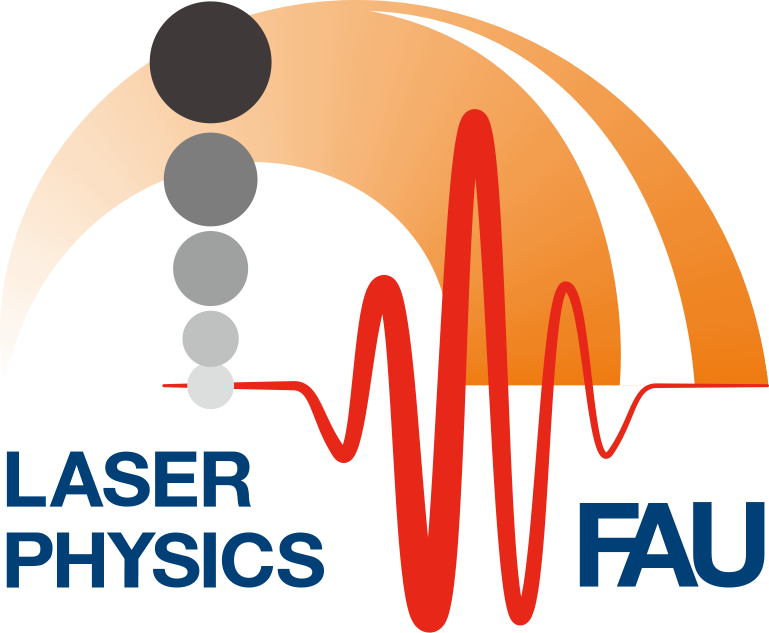Physikalisches Kolloquium: Dr. Andrea Toma – Light-matter hybridization in plasmonic metasurfaces: from periodic to quasi-periodic systems
Date: 18. June 2025Time: 12:00 – 13:00Location: Hörsaal H, Staudtstr. 5, 91058 Erlangen und per Zoom
Titel: Light-matter hybridization in plasmonic metasurfaces: from periodic to quasi-periodic systems
Abstract:
Light-matter interaction is ubiquitous in both natural phenomena and technological advances. It is indeed
one of the key processes that pervade our daily life, with examples ranging from photosynthesis and vision,
to energy production and medical imaging. Although usually weak, this interaction can be significantly
enhanced, leading to new quantum states with mixed properties of light and matter within the so-called
strong coupling regime [1]. Under these conditions, hybrid systems featuring optical nanocavities and
quantum emitters represent an elegant and effective approach to induce new and distinctive physicochemical
properties, with remarkable implications in fields like quantum communications and biophysics,
nonlinear-photonics and polariton chemistry [2,3].
In this seminar, light-matter hybridization among dye molecules or low-dimensional semiconductors, and
plasmonic metasurfaces will be explored, focusing on the peculiar features arising from high quality collective
resonances, such as surface plasmon polariton Block-waves (SPP-BWs) in nanohole arrays and surface lattice
resonances (SLRs) in metallic nanodisks [4]. By means of both steady-state and ultrafast optical spectroscopy,
plexciton formation will be demonstrated in both periodically and quasi-periodically arranged plasmonic
resonators. The very same hybrid platforms will be then considered to impart control over the vibrational
energy landscape of quantum dots. In detail, terahertz metasurfaces [5,6] will be exploited to achieve phonon
hybridization, thus confirming that well-designed optical nanoresonators can be used to modify the intrinsic
response of a nanomaterial across a wide spectral region from visible to terahertz frequencies.
Acknowledgements
This work has been partially supported by the REPLY project that received funding from the European
Research Council (ERC) under the European Union’s Horizon 2020 research and innovation programme (grant
agreement No 101002422).
References
[1] D. S. Dovzhenko, S. V. Ryabchuk, Yu. P. Rakovich, and I. R. Nabiev, Nanoscale 10, 3589 (2018).
[2] J. Flick, N. Rivera, and P. Narang, Nanophotonics 7, 1479 (2018).
[3] J. Yuen-Zhou and V. M. Menon, Proc. Natl. Acad. Sci. 116, 5214 (2019).
[4] V. G. Kravets, A. V. Kabashin, W. L. Barnes, and A. N. Grigorenko, Chem. Rev. 118, 5912 (2018).
[5] X. Jin et al., Nat. Commun. 9, (2018).
[6] X. Jin, V. Aglieri et al., Adv. Funct. Mater. 2419841 (2025).
Sprecher / Speaker: Dr. Andrea Toma, Istituto Italiano di Tecnologia, Genua
Kontakt / Contact: Prof. Dr. Daniele Fausti
Norbert Lindlein lädt Sie zu einem geplanten Zoom-Meeting ein.
Norbert Lindlein invites you to a planned Zoom meeting.
Thema: Physikalisches Kolloquium 2025
Zoom-Link: https://fau.zoom-x.de/j/68551362278?pwd=oHQm2Uh6YzMzgJGLRP6WBSf2EgU3DA.1
Meeting-ID: 685 5136 2278
Kenncode: 283879
Event Details
Hörsaal H, Staudtstr. 5, 91058 Erlangen und per Zoom
